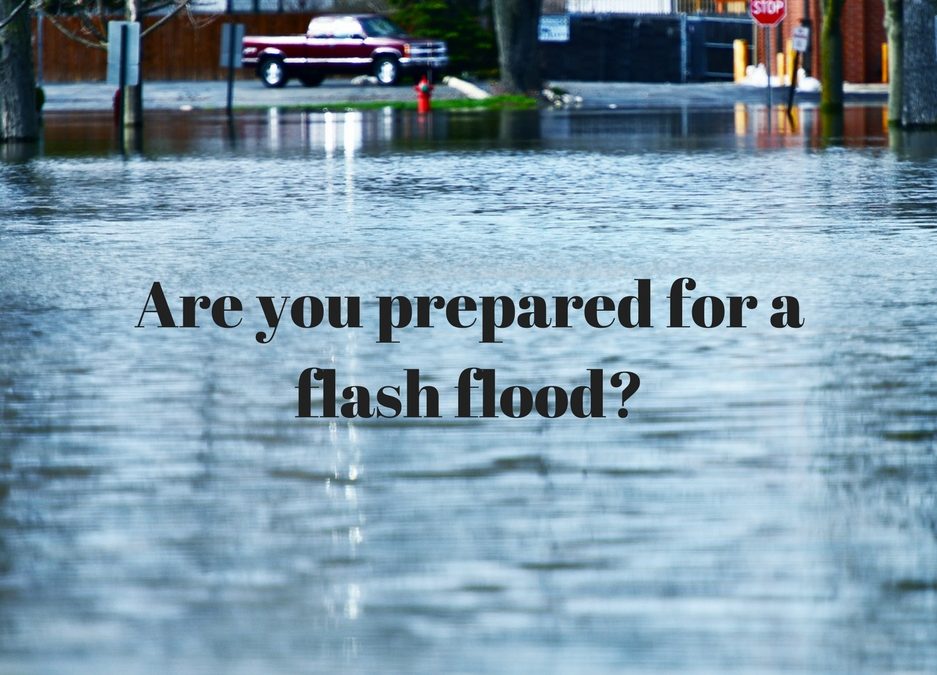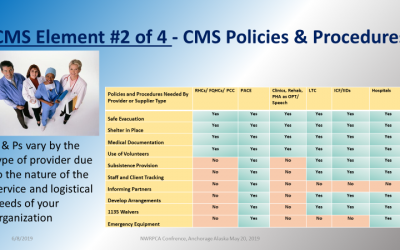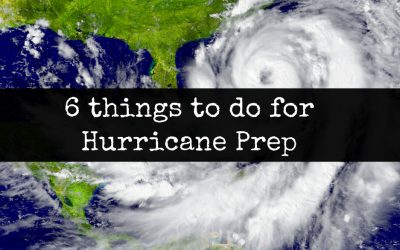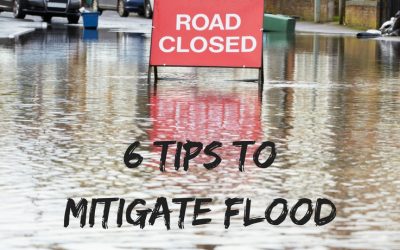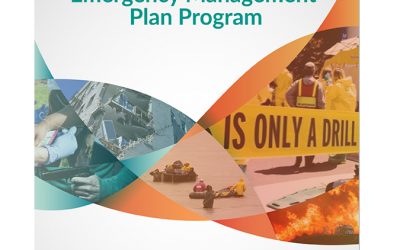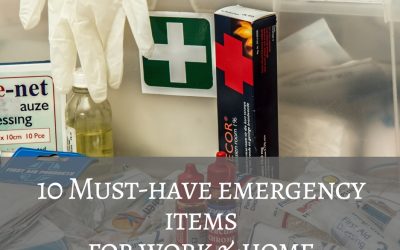Spring typically means better weather and brighter moods. Winter is freezing temperatures, bundling up and decreased daylight hours; it’s also holiday hazards, weather advisory, road and driving safety, vacation preparation, travel delays and sickness prevention. But don’t let spring’s sweet showers and lovely flowers fool you; there are weather concerns just ahead. Here’s how CCS can help you prepare and respond to flash flooding.
Pre-flood emergency management
First things first, find out if you live in an area where flash flooding is a problem, especially if you’ve recently moved or re-located.
Knowing if you’re at risk is the first step to prevention and preparedness.
Have emergency supplies on hand. You’ll need drinking water, non-perishable foods, first-aid kit, medications, flashlights and batteries, candles and matches/lighter, clothing, cash, and copies of important documents like passport, insurance paper, medical records and bank account details (get them laminated just to be safe).
Have a family disaster plan and review it frequently, particularly at the end of winter to be prepared for spring’s flash floods. Make sure each family member is familiar with the disaster plan and how to successfully execute it — this means conducting a few trial runs. Have a back-up plan in the even that members aren’t together. Have a designated contact person who can be reached in the event that family members get separated.
As a part of your family disaster plan, decide what to do with your pets. After all, they are members of your family.
Protect your property by having insurance and talking to qualified professionals like CCS who will assist you in making the right decision for you and your family.
During the flood emergency management
Stay alert, monitor the forecast frequently, and keep an eye on your surroundings. Websites like weather.gov are an excellent, accurate resource for all weather updates.
If there is a flash flood warning, start enacting your family disaster plan immediately and contact members who might not be physically present to ensure they are seeking shelter.
Identify places to go. While the family disaster plan is vital, sometimes a plan will have to be altered in the moment due to unforeseen circumstances. Find safe places that keep you out of harm’s way.
Stay out of low areas subject to flooding and climb to safe areas. Do not wait until you see rising water; act before the flood has a chance to attack you and your family. Flash floods rise quickly and there might not be enough time to respond if you wait until the last minute.
Disconnect all electrical appliances immediately. Try to use a battery charged radio to stay updated on what’s happening in your area. Do not touch electrical appliances if they are plugged in and if you are wet or standing in water.
Keep a distance from large power lines and electrical wires.
If time and willpower permit, bring outside possessions indoors. Or at the very least, tie them down securely to avoid loss or causing damage to other people’s properties and persons.
If you have a basement, seal vents to basements to prevent flooding.
In the event of a flood, move valuables, furniture, and hazardous materials to higher levels.
Avoid driving through flooded roadways at all costs. Not only will you get stuck without a vehicle, you are likely to lose your vehicle to the flooding or at the very least flood damage. Find alternative travel routes that are not prone to flooding. Drive with care and if your car stalls, abandon it. A vehicle can be swept away in only a few inches of water. Losing control of your vehicle can also happen in a few inches of water.
If you must leave your home, shut off water, gas and electrical services before leaving, and lock all doors and windows.
Worry more about your safety than saving your things. CCS will help guide you through the process of how to manage a flash flood and all the difficult decisions that come with it.
